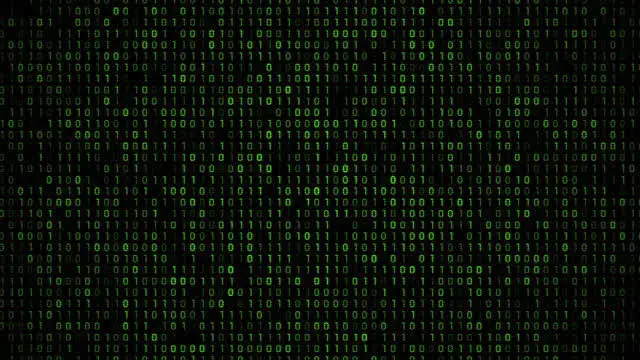
Effective Time Management Techniques for Remote Workers
- Admin
As remote work becomes increasingly prevalent, mastering effective time management techniques is essential for remote workers to maximize productivity and maintain work-life balance. In this article, we'll explore various strategies and tools that remote workers can use to optimize their time and achieve their professional and personal goals.
1. Prioritize Tasks with the Eisenhower Matrix
The Eisenhower Matrix is a powerful tool for prioritizing tasks based on urgency and importance. Remote workers can categorize tasks into four quadrants: urgent and important, important but not urgent, urgent but not important, and neither urgent nor important. By focusing on tasks in the first two quadrants, remote workers can allocate their time more effectively.
2. Use Time Blocking to Schedule Tasks
Time blocking involves dedicating specific blocks of time to different tasks or activities throughout the day. Remote workers can create a daily or weekly schedule that allocates time for focused work, meetings, breaks, and personal activities. This technique helps minimize distractions and ensures that important tasks receive adequate attention.
3. Implement the Pomodoro Technique for Focus
The Pomodoro Technique is a time management method that involves working in short bursts, typically 25 minutes, followed by a short break. Remote workers can use a timer to work uninterrupted for a set period and then take a brief rest before resuming work. This technique helps maintain focus and productivity by breaking tasks into manageable intervals.
4. Set SMART Goals for Clarity
Setting SMART (Specific, Measurable, Achievable, Relevant, Time-bound) goals provides remote workers with clear objectives to work towards. By defining specific goals with measurable outcomes and deadlines, remote workers can stay focused and motivated, track progress, and prioritize tasks accordingly.
5. Utilize Task Management Tools
Task management tools like Trello, Todoist, or Asana can help remote workers organize tasks, track progress, and collaborate with team members. These tools allow remote workers to create to-do lists, set deadlines, assign tasks, and visualize project workflows, enhancing efficiency and accountability.
6. Practice the Two-Minute Rule for Quick Tasks
The Two-Minute Rule states that if a task can be completed in two minutes or less, it should be done immediately. Remote workers can apply this rule to quickly address small tasks that arise throughout the day, preventing them from accumulating and becoming overwhelming.
Conclusion: Mastering Time Management as a Remote Worker
Effective time management is essential for remote workers to thrive in their roles and maintain work-life balance. By prioritizing tasks with the Eisenhower Matrix, using time blocking to schedule tasks, implementing the Pomodoro Technique for focus, setting SMART goals for clarity, utilizing task management tools, and practicing the Two-Minute Rule for quick tasks, remote workers can optimize their time and achieve success in their professional and personal endeavors.
